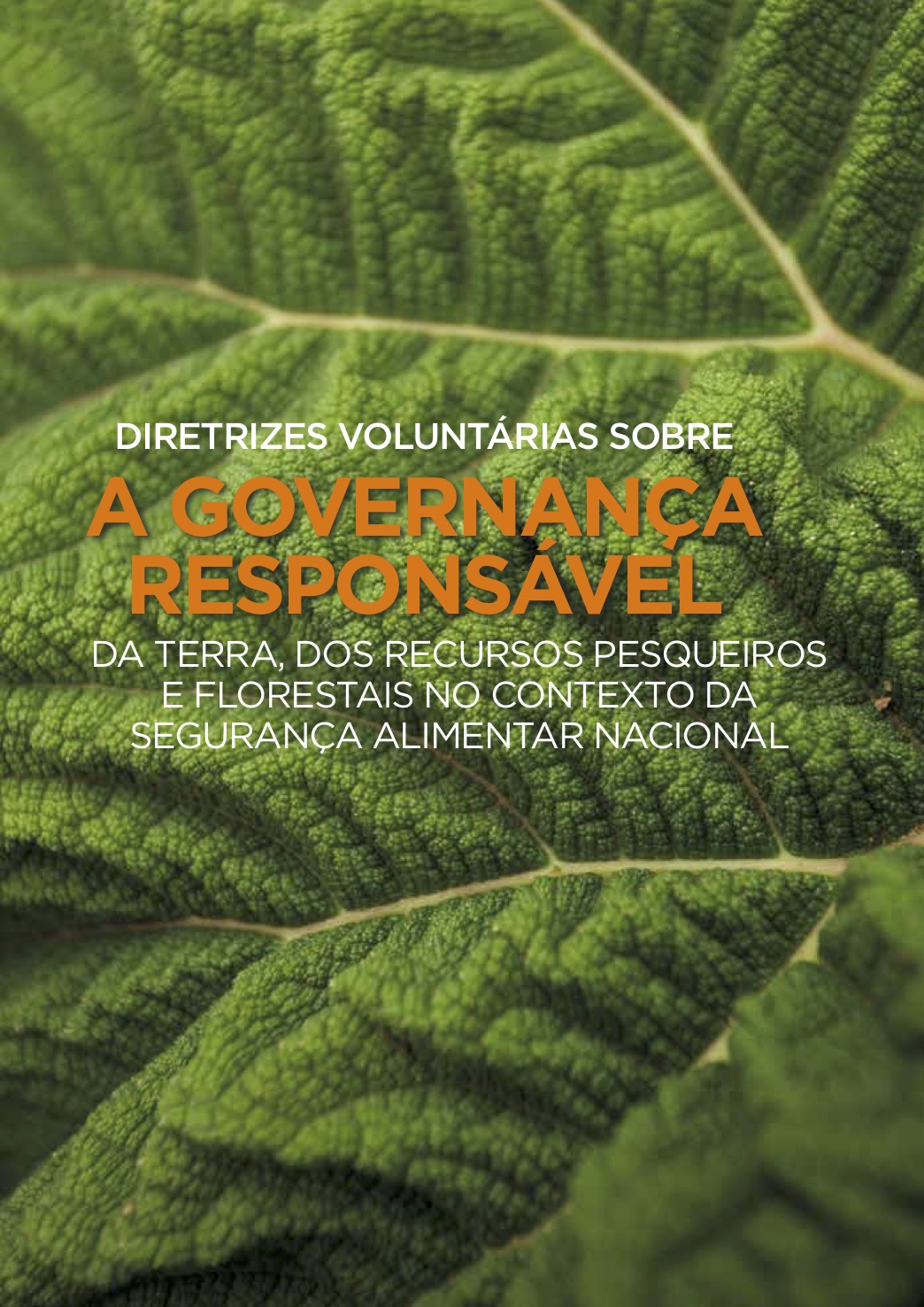Integrating urban agriculture and forestry into climate change action plans: Lessons from Western Province, Sri Lanka and Rosario, Argentina
For cities to be sustainable, they need to simultaneously address the vulnerability of people, places and sectors that may be affected by a changing climate; mitigate their greenhouse gas (GHG) emissions; and ensure adequate access to basic urban services such as water, food and energy to their growing populations.









